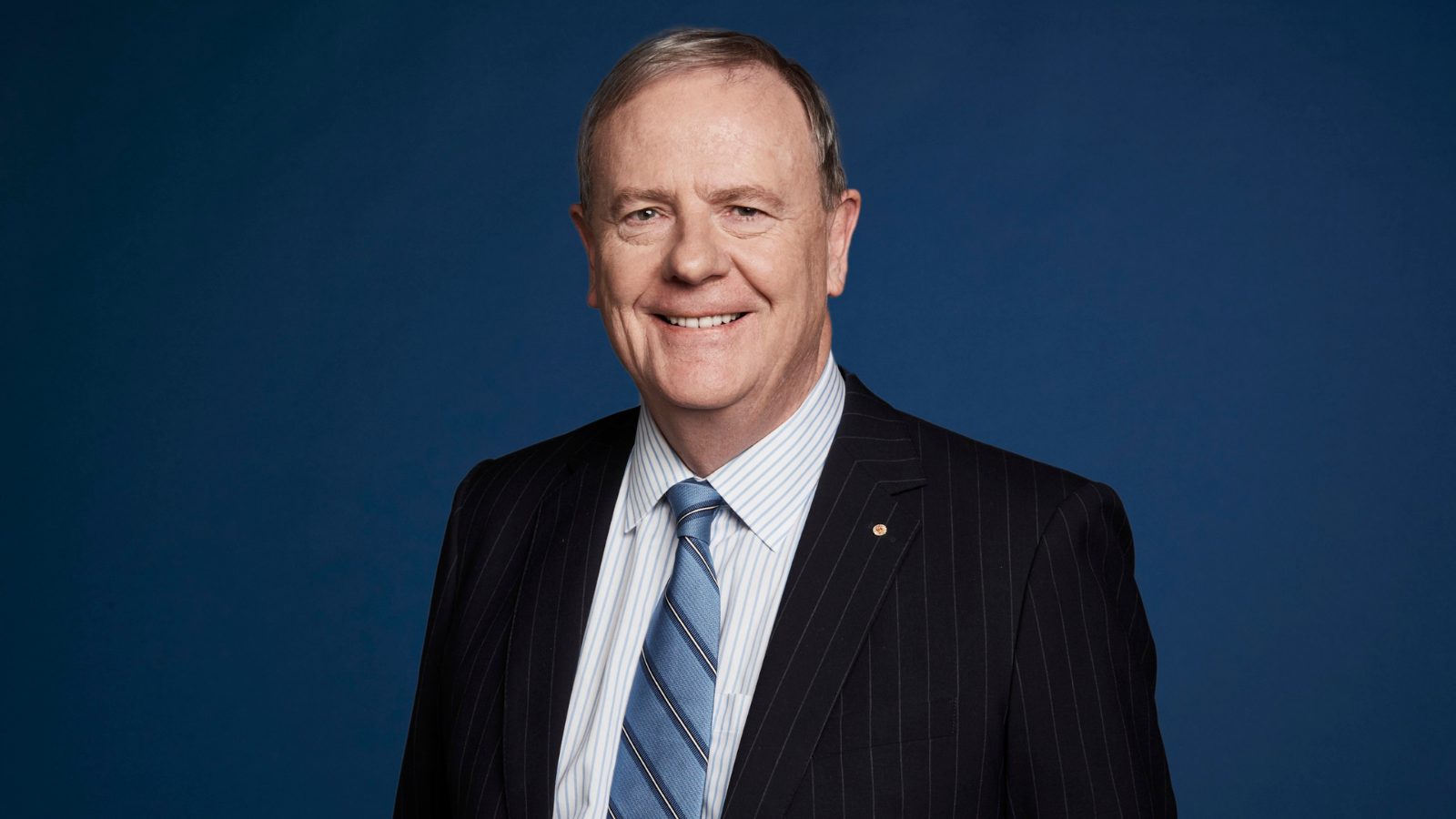‘More a provision than an investment’: The case against the Future Fund
The Future Fund was set up in 2006 with $60 billion from successive budget surpluses and the proceeds of the sale of Telstra to finance the Commonwealth’s unfunded superannuation liabilities, which at the time was the largest liability on the Commonwealth’s balance sheet. While it’s since earned a reputation as a well-managed and well-governed pool of money, Dimitri Burshtein, a commentator for the Centre for Independent Studies (CIS), questions whether the Future Fund might make a greater contribution to the budget bottom line if its holdings were liquidated and used to pay down the debt accumulated since it was established.
“The $250 billion of capital currently managed by the Future Fund has an opportunity cost – the cost of debt – which is borne by the budget,” Burshtein wrote in a CIS policy paper titled A Future Without Future Funds. “Using the current RBA official cash rate of 4.1 per cent as a proxy, this implies that the capital cost of the Future Funds, paid by the budget, is approximately $10 billion per annum. Put another way, the Future Funds need to generate 4.1 per cent returns after costs to just break even, and to break even on a cash basis only.
“This does not account for the investment risks borne by the Future Funds. The interest cost on $250 billion ($10 billion) suggests that, based on the most recent Commonwealth budget, maintenance of the Future Funds is effectively the 10th largest Commonwealth expense by function, an amount greater than what the Commonwealth allocates for ‘housing and community amenities’.”
Burshtein also points out that despite often being as a sovereign wealth fund, the Future Fund’s beneficiaries are not future generations of Australians but past generations of public servants and that it likely would not have the same public credibility if “$200 billion of public resources (were) allocated to something called the ‘Funding Retired Public Servants’ Pensions Fund”.
Perhaps more controversially, Burshtein questions whether the Future Fund’s returns are really anything to write home about, noting that – unlike pension funds – it benefits from sovereign tax immunity, doesn’t bear the administration costs associated with a large member base, and isn’t exposed to significant liquidity risk, allowing it to invest a larger proportion of the portfolio into illiquid investments.
“These issues in and of themselves do not present the case against the Future Fund,” Burshtein wrote. “However, with interest rates increasing and a more complex and volatile geostrategic and investing environment, the ability of the Future Fund to generate returns above its risk-adjusted cost of capital – or even its targeted rate of return – will be increasingly difficult.
He also questioned why the same scrutiny applied to the potential influence super funds could exercise over companies hasn’t been applied to the Future Fund, saying “nary is there a word of the ability of the Commonwealth to exercise a similar influence”.
“Granted there is a ‘firewall’ between the government and the Future Funds by way of the Board of Guardians, it is ultimately the government that appoints these Guardians and can indirectly effect influence through the choice of Guardians appointed. Personnel is, after all, policy.”
Contacted for comment, Future Fund chairman Peter Costello (pictured) defended the fund and said that its liquidation would leave the Commonwealth with no substantial financial assets and see its balance sheet “exposed totally to debt”.
“From a once and only capital sum of $60.5 billion (the historical budget surplus) the Future Fund has earned over $140 billion for the Commonwealth,” Costello said. “This represents a return of 7.7 per cent per annum which is above the weighted average cost of borrowing, above the fund’s mandated return target, and far in excess of any theoretical debt servicing cost that might otherwise have been avoided.
“The CIS proposal to liquidate the only substantial financial asset of the Commonwealth is the kind of short-term thinking that got Australia into financial problems in the past and will risk the same in the future.”
It’s hardly the first time the Future Fund has come in for criticism, with former Prime Minister Paul Keating describing it as a “make work scheme for a branch of the Treasury and a pretty dumb one at that” back in 2006. It has its fair share of proponents too, including Andrew Bragg, who has suggested that its performance since inception is one reason it should be given the job of managing a national default superannuation fund.











